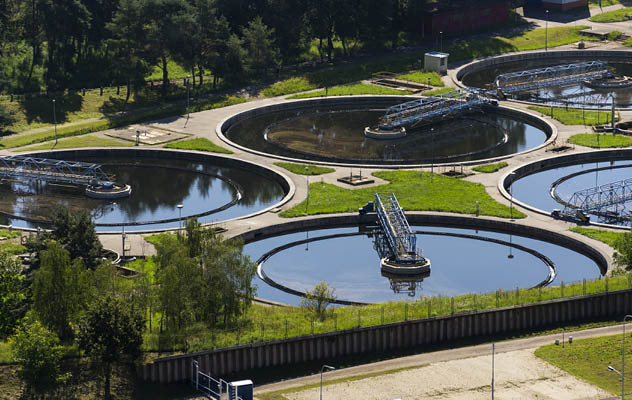
There are many water-based problems to be found in mathematics classrooms. How many times have you posed questions about filling up water containers, and then matching them with a depth-time graph?
Then there is the well-known problem below:
Two friends who have an eight-quart jug of water wish to share it evenly. They also have two empty jars, one holding five quarts, the other three. How can they each measure exactly 4 quarts of water?
Do your students know that one litre is defined as the volume of one kilogram of water? Or how many millitres there are in a litre? As well as these examples, it seems that if you take mathematics, and add (a lot) of water, you might also end up with a rewarding career.
Mathematicians are a pillar of the water industry. They have to apply their skills and knowledge to solve problems on a daily basis. Whether it’s calculating budgets, assessing risks or coding computer programmes and software, the use of mathematics is an integral part of the work. There are also many other careers within the water industry which require employees to have mathematics based qualifications or be able to use and apply mathematical thinking on a daily basis
Have you ever wondered what life might be like if you didn’t have clean water piped to your home, school or work place? For millions of people around the world, this is a daily reality and the search for water can often be life threatening.
The UK is fortunate enough to have a reliable and wholesome supply of drinking water, available in an instant, simply by turning a tap. This is only possible because of the vital skills and knowledge that mathematicians bring to the UK water industry.
Water industries all over the world use mathematics from the national curriculum and prove how useful it is to continue studying STEM subjects. Trigonometry is used to calculate slope angles on reservoirs. Water tower design needs to account for water volume and physical capacity. The effect of gravity and the weight of water, or the velocity of the water’s movement and how all of these factors might affect water quality, demonstrate the complexity and need for mathematicians.
Cleaning and distributing water and waste water around an underground network of pipes which could stretch to the moon and back is a relatively modern technological and engineering marvel. Its maintenance and continuous improvement is a constant challenge for the water industry, meaning young people with mathematics and other STEM qualifications will find plenty of opportunities to forge successful careers. To ensure that water quality is consistent and adheres to government regulations, there are various teams who have to calculate the correct chemical dosing and treatment methods. They also repeatedly collect, interpret and analyse data from thousands of water samples to monitor aspects such as pollution in rivers and aquifers, and establish whether the water supplied to the customers is meeting the high standards of the industry.
People often only think about water companies when there is a disruption to their water supply and are unaware of the expertise that is required to keep the taps running. Water is a much more calculated resource than people realise, which is why the UK water industry encourages bright young minds to continue mathematics and other STEM based subjects into further education. The UK needs more young people than ever to take on mathematics and other STEM subjects to ensure that these vital infrastructures are maintained and improved. Many water companies have education or community engagement teams who are eager to bring mathematics topics to life – so why not get in touch with your local provider?
You might also consider exploring the dripping taps resource that looks at the mathematics of saving water. It does add up, after all.
You may also like...
- Contextualising post-16 GCSE mathematics
- The problem with problem solving
- Using GIFs to teach secondary mathematics

